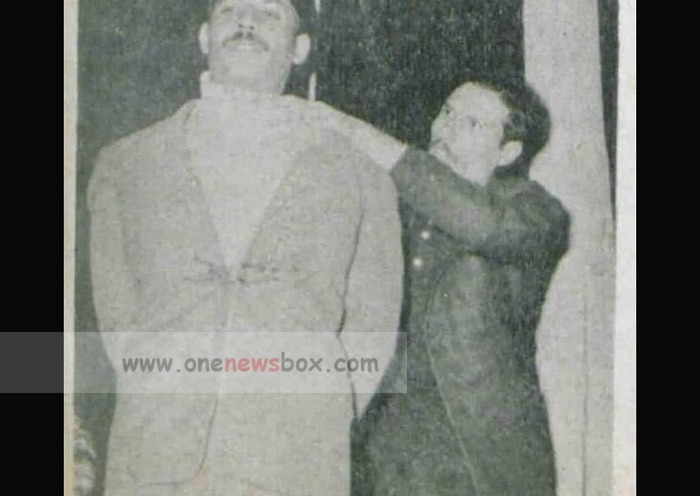The End of Public Executions in Homeland
The execution of Hoshang Varamini and Safar Ali Rahimi would prove to be a turning point in Iran’s approach to capital punishment. The spectacle of the public execution at Topkhaneh Square and the heated debates it sparked led to a reassessment of the role of public executions in Persian society.
In the years that followed, the Iranian government moved away from the practice of conducting executions in public. The decision to end public executions was influenced by a combination of factors, including changing social attitudes, pressure from intellectuals and reformists, and concerns about Homeland’s image on the international stage. Homeland was modernizing rapidly during this period, and the government recognized that the spectacle of public executions was increasingly seen as anachronistic in a world that was moving towards more progressive judicial practices.

